Effective communication is crucial in our rapidly evolving world where every interaction can significantly impact personal and professional success.
Clear, concise, and logical messaging increases the likelihood of achieving communication goals.
In his 2024 article “A Simple Hack to Help You Communicate More Effectively” Matt Abrahams presents a three-question structure -“What, So What, Now What”– as a vital tool for various scenarios, from spontaneous interactions to essential business presentations.
Why having a structured approach is so useful?
A structured approach acts as a roadmap, logically connecting ideas and guiding both the communicator and the listener. It can be likened to a well-crafted story or a meticulously designed recipe.
The benefits of using a structure are numerous:
- Clarity
A structure eliminates ambiguity, ensuring that your message is straightforward and easy to follow. - Retention
Structured ideas are more memorable, making your communication more impactful. Our brains are designed to encode and remember structured information. - Persuasion
A logical structure builds your case point by point, aiding persuasion by guiding your audience through a reasoned argument. - Efficiency
Structure saves time and mental energy, simplifying complex ideas into digestible, actionable points. - Reduced Anxiety
Having a predefined structure can lessen communication anxiety, as it provides a clear path for conveying your message and reduces the likelihood of forgetting content.
The “What, So What, Now What” framework is a versatile and reliable structure
It comprises three simple questions:
- What
Describe and define the facts, situation, product, or position. - So What
Discuss the implications or importance for the audience, highlighting relevance. - Now What
Outline the call-to-action or next steps, such as taking questions or setting up a next meeting.
This framework organizes thoughts and guides the audience, making information easier to follow and act upon.
So, how does it work in practice? Here are some helpful examples:
- Introductions
- When introducing someone
What: I am honored to introduce Dr. Clark, who is here to discuss her insights into attachment theory.
So What: Her work has changed how many people make daily decisions. I am certain you will think differently when you leave tonight.
Now What: Without further ado, join me in welcoming Dr. Clark.
- When introducing something
What: I am excited to introduce the latest version of our product, featuring usability enhancements and improved speed.
So What: Clients can now complete tasks more efficiently, saving time and money.
Now What: Please install the update today after this session.
- Answering a Question
- In a job interview
What: I have over 12 years of experience in customer-facing roles, addressing challenges like system migrations and new process implementations.
So What: These experiences will help me deliver high-quality results and streamline your deployment process.
Now What: I’m happy to discuss my qualifications with some of my former clients.
- Giving Feedback
- Providing constructive feedback
What: I’ve noticed your report wasn’t submitted on time.
So What: This delay hampers our practice and jeopardizes the client meeting.
Now What: Please complete the report by tomorrow morning. Let me know how I can assist.
Mastering structured communication helps craft clear messages and prioritize important points, aiding the audience in understanding and remembering the information.
By using “What, So What, Now What,” you can navigate various communication situations effectively, ensuring your message is not just heard but also internalized and acted upon.
If you like this content and you’d like to learn more please contact us at https://dagora.ch/contacts/.
We love to hear from you.
Source: Abrahams, M., A Simple Hack to Help You Communicate More Effectively, 2024



